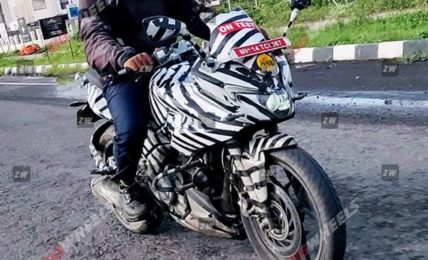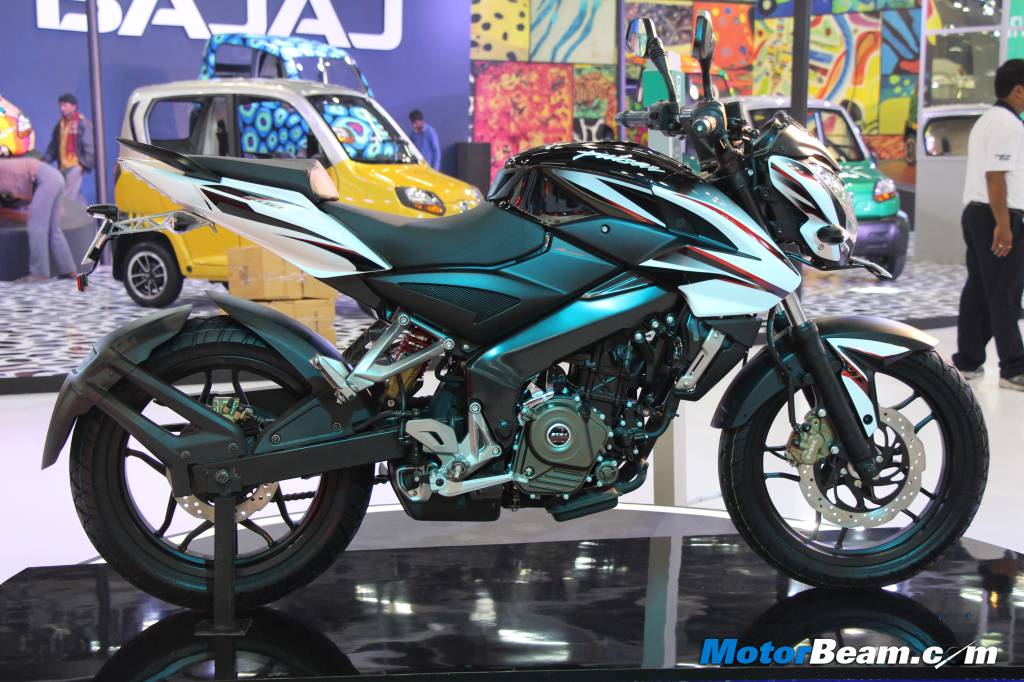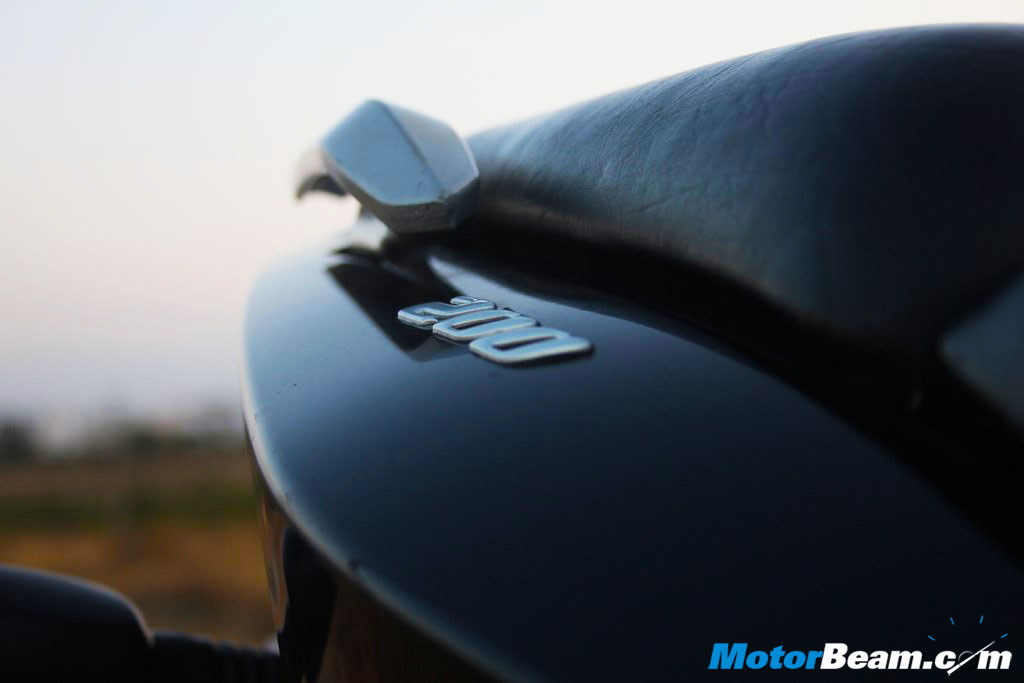
Inception – A cup of tea in a lazy evening, a common everyday phenomenon in the life of an engineering student. It was during one such evening that the perverse idea that led to the creation of the offspring, the protagonist of this article, was implanted into my brain.
“What are the bore and stroke measurements of these Pulsar engines?” I asked my friend.
“I don’t know, you’ve got a phone in your hand. Find out.”
So I did. After a painfully long 2G enabled search, I proclaimed “Dude the stroke is exactly the same for the Pulsar 150, 180 and 200! So anyone with a 150 or 180 can easily change to a 200 by simply putting in a bigger bore!”
“C’mon, it isn’t that easy.”
But I wasn’t finished.
“…And dude the 200 and the 220 have the same bore diameter, just a 5 mm increase in stroke! So a change in the crankshaft of a 200 will give you a 220!”
My friend, a proud owner of a 220 DTS-Fi at that point of time, shook his head, unconvinced.
“A proper 220 will always be something else.”
Little did we know, we were both right.
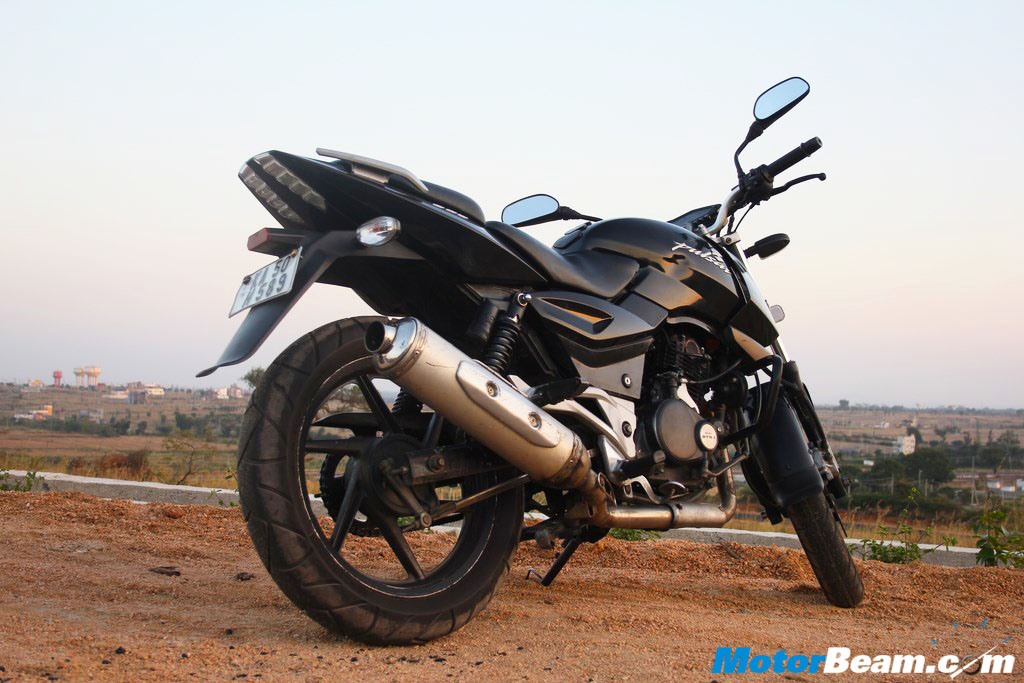
Humble Beginnings – Half a year later, I found myself on OLX, in need of a used motorcycle to make my commute to college easier. I suffer from the diseases of blind patriotism and slavery to good aesthetics, so there was only one choice. Yes, it had to be a Pulsar. An advertisement leapt out straight at my eyes for a black Pulsar 200 DTS-i. The price was ridiculously low for this rather popular motorcycle.
After having confirmed its merit with my experienced friend and cousin, I started discovering the joys of owning a motorcycle. At first, I was very much satisfied with the power and the effortless, torquey nature of the engine. I believe that if the Pulsar wasn’t so common, it would be regarded as being exceptionally beautiful. The costs of spares and the fuel consumption were also very reasonable, and it performed very well everywhere, be it a mad dash though city traffic, the tedious commute to the workplace, the umpteen number of long rides we did, mild off road work and even during corner carving expeditions to the hills. The only real shortcoming as a touring bike was that the headlight was a bit weak. This was fixed by installing a round Autopal headlight (from the Ambassador), rewinding the coils and fitting a good 50/60 W bulb. Much experimentation with tyres was also done, as personally I find even MRF Zappers to be a bit short on grip. This time up-sized Michelin Pilot Sport came to the rescue.
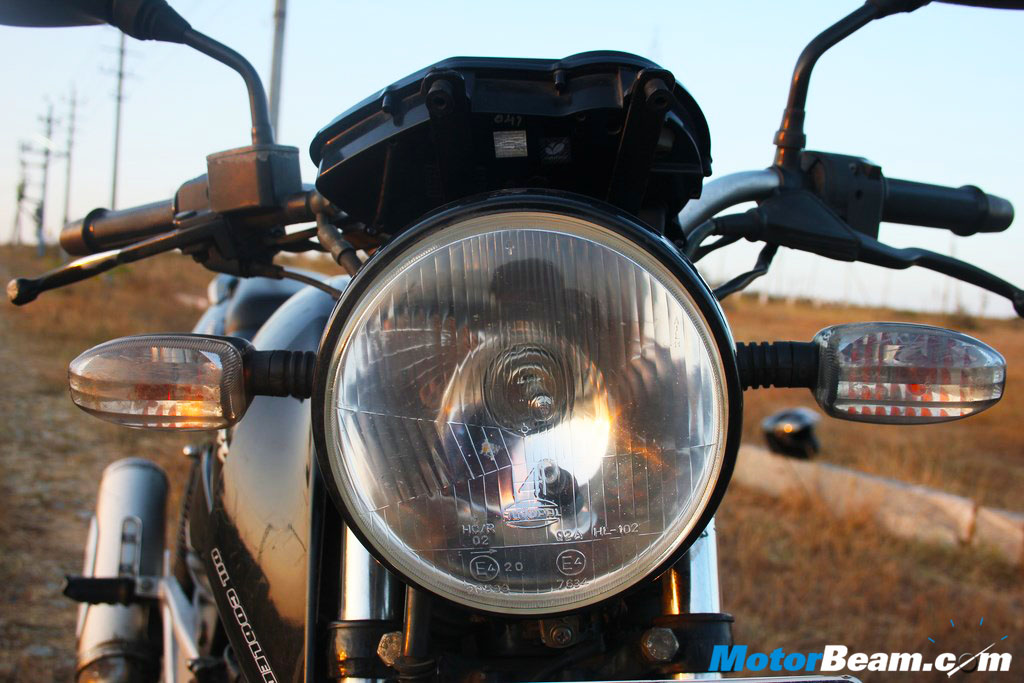
Mutation – The silly desire to try out my crazy ideas persisted though, and I was earning every penny with one eye on the bike. And soon I was blessed (or cursed, depending on who you are) with the opportune moment. Last year, while returning from a weekend trip through some parts of Kerala my engine suffered a seizure. I was punished for idiotically ignoring the amount of white smoke it was emitting as a warning. Upon hearing this from the mechanic, I decided to set my craziness free. So the 220 crankshaft, camshaft and bore piston kit were all purchased, among other necessary items. And just to satisfy my urge for bragging rights, the 33 mm carburetor of the 200 NS was also plonked in. The gearing was also altered by getting a custom 15 tooth front sprocket made and fitted, providing company to the 220’s standard 36 tooth rear.
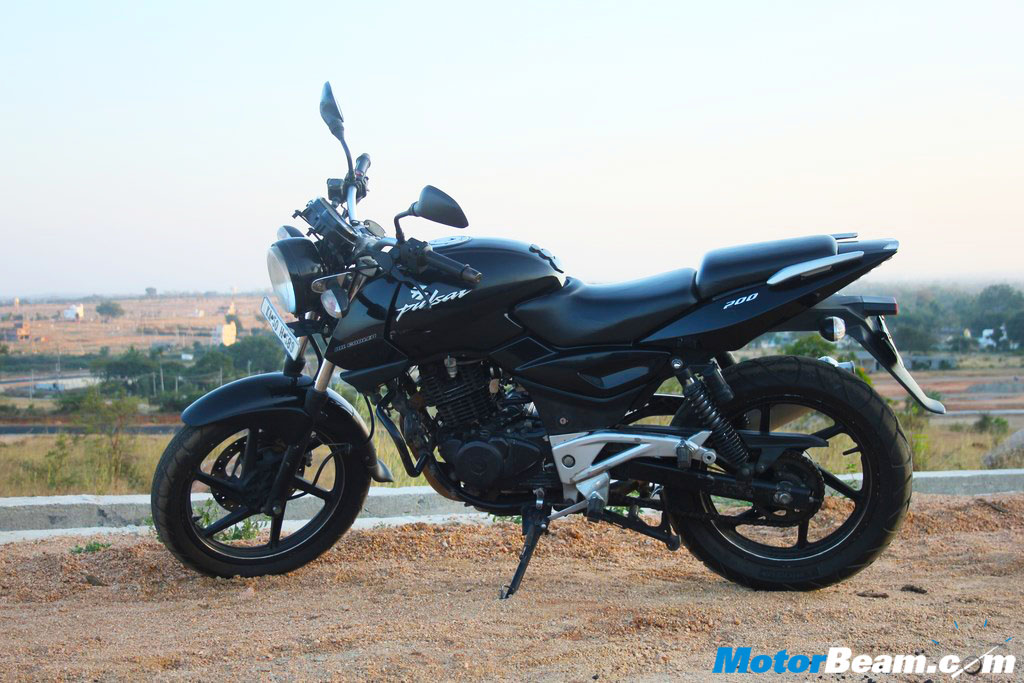
The run-in period of 1000 kms was completed by an overexcited me in hardly a couple of weeks, slowly introducing the engine to higher revs step by step. It all looked very promising with a huge increase in perceived power and torque. Inside the city, the bike turned into a point-and-shoot tool, thrusting the rider into any gap without hesitation. The modified Pulsar could also cruise at higher speeds effortlessly. However, as I began ripping it, the flaws emerged. The top end was basically flat. All kinds of tuning and re-jetting of the carburettor were done, but all in vain. The efforts would merely yield small improvements in the feel, but the actual speeds achieved never improved substantially. I even manually got the ignition advanced by moving the position of the pickup coil or pulse generator by about 5 degrees. The result was absolutely insane throttle response in the mid range and good power up to about 8000 RPM, but attempting to go any higher was still inconsequential in 4th and 5th gears.
Final Thoughts – So do I regret my attempt at “hot rodding”? The answer is a very firm and enthusiastic “NO”. While the bike doesn’t match a Pulsar 220 or 200 NS above 7000 RPM, it simply decimates everything in its class between 3000 and 7000 RPM. These are the speeds one uses about 90% of the time. This coupled with the long legged gearing results in a machine that loves to tour at triple digit speeds all day long. And I really mean all day long. I attempted the Saddle Sore challenge after the conversion, and it did it comfortably, with only the clutch giving up in the end after its 30,000 kms of hard service. This has also proved that this is a very reliable mod; it had already done more than 10,000 kms after conversion by that time. So yes, if you have an experienced and trustworthy mechanic at your disposal and you want more power, this is easily one of the best things that can be done. You can create your own “Frankenstein Sleeper Pulsar”. Now about the top end.. I didn’t say I was finished, did I?
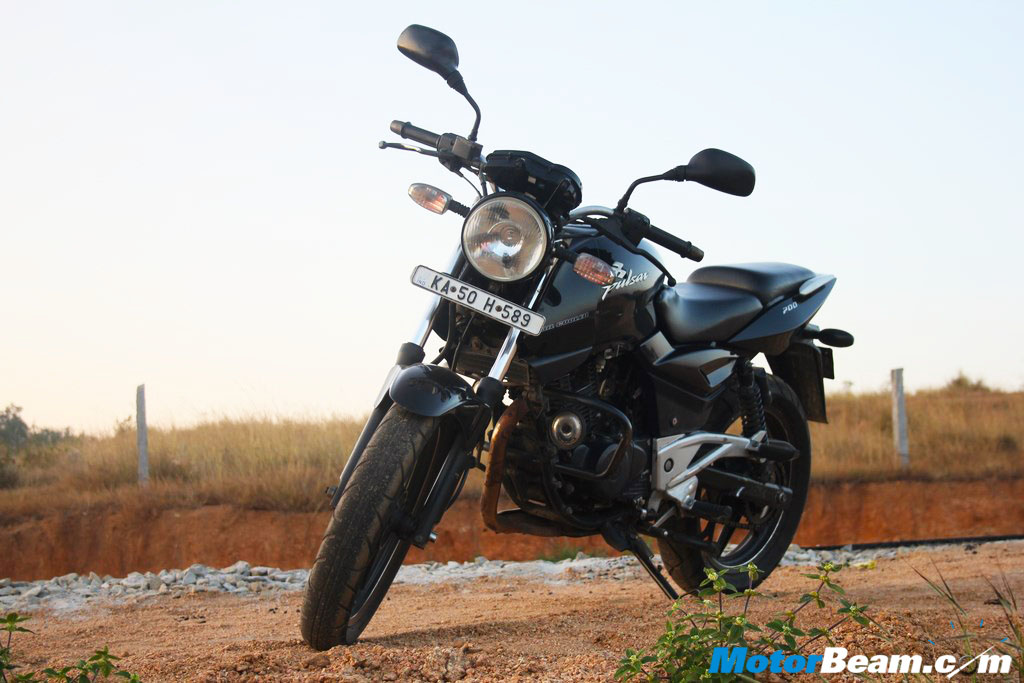
– Abhiram Sakleshpur


